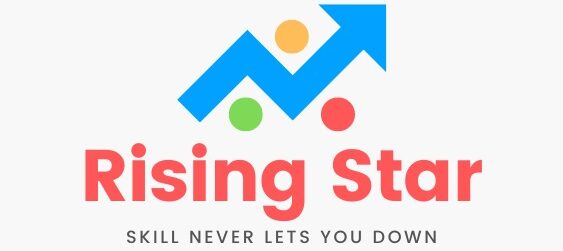Windows 10: A Fresh Take on the Classic Windows Experience
Windows 10 is the most up-to-date release in Microsoft’s operating system lineup. offering a redesigned and sleek user interface. It features a centered Start Menu, improved taskbar, and rounded corners for a crisp, well-designed appearance. Performance has been boosted with enhanced speed and optimization. Ensuring effective multitasking and improved resource distribution. The system introduces user-friendly productivity tools like Snap Layouts and Snap Groups, making it faster to organize and manage windows. Windows 10 also supports gaming, offering features like Auto HDR and DirectStorage for better resolution and quicker loading.
The Start Menu in the latest Windows build
It has been updated extensively, delivering a more advanced and intuitive user experience. The modern Start Menu is now centered and easier to navigate, offering a simple and intuitive layout that focuses on ease of use. It features pinned items, a concise search bar, and quick access to essential system functions like settings, power options, and your user profile.
Settings and Control Panel: Your Gateway to Windows Customization
The Settings feature is a Microsoft-designed interface for system management, available right out of the box in Windows 10 and Windows 11. It allows users to efficiently manage system preferences and settings. Allowing modification of data protection, password, and user account settings. It includes security tools to manage firewalls, privacy settings, and virus protection.
Notification Center: Your Centralized Space for System and App Alerts
Taskbar: Your Quick Launch Pad for All Key Apps and Settings Notification Center enables efficient tracking of alerts, messages, and reminders. Taskbar is a customizable feature that enhances the user experience by organizing tasks. Notification Center is an essential feature for staying on top of your system and app notifications. Taskbar allows you to access open windows and apps with one-click shortcuts.
- Windows with Windows Update functionality turned off
- Windows without any TPM requirement
- Windows with no background telemetry collection
- Windows without Microsoft account integration
